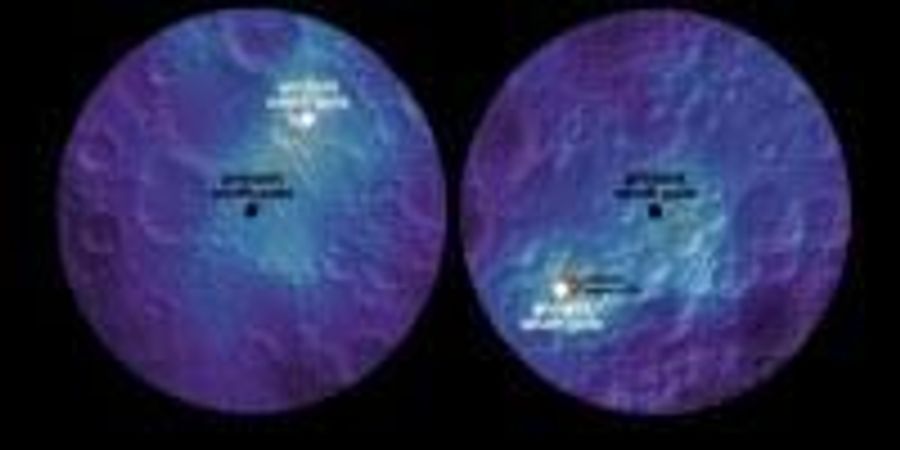
Researchers persist in their quest to uncover the mysteries of our blazing star.
The European Space Agency’s (ESA) Solar Orbiter, which orbits the **sun** every six months, has obtained a groundbreaking perspective on the **solar wind**—an ongoing flow of charged particles streaming from the sun into **space**. Grasping the solar wind is essential, as it affects **Earth** and our technological systems, especially during solar storms. Scientists are focused on understanding how it originates and accelerates to velocities surpassing 1 million miles per hour.
*”Observe particles swirling outward from the Sun in massive, million-km vortices,”* ESA posted online.
### Capturing the Motion of the Solar Wind
The below video, obtained during an event in October 2022, was enabled by the Solar Orbiter’s coronagraph, **Metis**. This device blocks the sun’s intense brightness, permitting the spacecraft to monitor the dynamic solar wind.
*”Metis is presently the sole instrument capable of visualizing the twisting movement of the solar wind,”* ESA noted. *”No other imaging device can achieve, with sufficient resolution in both space and time, observations of the sun’s inner corona where this activity takes place.”*
The results have been published in *[The Astrophysical Journal](https://iopscience.iop.org/article/10.3847/1538-4357/adb1da)*.
### Revealing the Sun’s Secrets
The Solar Orbiter’s close-range observations seek to discover the processes behind the sun’s **11-year activity cycle** and clarify why its outer atmosphere, or **corona**, reaches extreme temperatures of **2 million degrees Fahrenheit**, while its surface remains markedly cooler at **10,000°F**.
A deeper comprehension of the solar wind will also assist researchers in predicting when and where potent **coronal mass ejections (CMEs)**—massive bursts of superheated gas—or **solar flares** may impact Earth. These phenomena can disrupt electrical grids, satellites, and communication systems.
For example, when a CME bursts out from the sun, it has to travel **92 million miles** to reach our planet. During this journey, it pushes and compresses the solar wind in front of it, affecting its arrival time.
### The Significance of Space Weather Forecasting
Precise space weather forecasts are vital. If scientists can predict a CME’s effects, electrical companies could temporarily deactivate grids to avert damage from electrical surges, potentially saving millions from outages.
Fortunately, when these solar phenomena do arrive on Earth, our **atmosphere and magnetic field** protect us from harmful radiation, ensuring our safety.